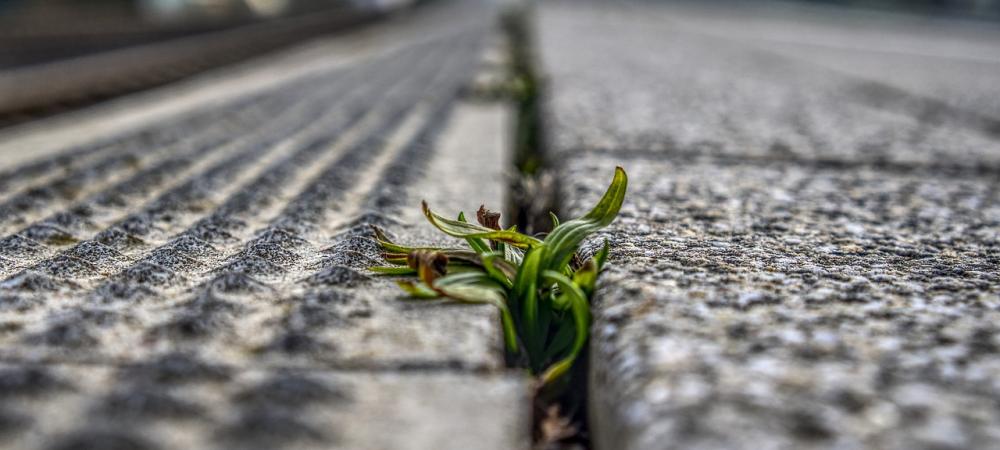Is A Fabric Weed Barrier Worth It?

If you’re a homeowner in Ohio considering options for controlling weeds, you might have come across weed barriers as a potential solution. A weed barrier, or landscape fabric, can help prevent unwanted plant growth and keep your garden or landscaping looking tidy. But is it worth the investment, especially in Ohio’s climate? Let's explore the pros and cons of weed barriers to help you decide.
What Is a Weed Barrier?
A weed barrier is typically a layer of fabric, plastic, or natural materials (like cardboard or newspaper) placed on top of the soil to prevent weeds from sprouting. Most commonly used under mulch, stone, or gravel, it blocks sunlight, impeding root penetration, and restricts the growth of weeds while allowing water and nutrients to reach the plants you want to keep.
Pros of Using Weed Barriers
- Weed Suppression: One of the biggest benefits is that weed barriers reduce the need for constant weeding, helping maintain a cleaner, low-maintenance landscape.
- Soil Moisture Retention: A good quality fabric allows water to penetrate while helping the soil retain moisture—a crucial benefit for Ohio’s fluctuating seasons.
- Minimizes Mulch Loss: In areas prone to erosion or high rainfall, a weed barrier can help keep mulch in place by stabilizing the area, which can be particularly beneficial in Ohio's wet springs.
- Durability: If installed correctly, a high-quality fabric can last several years, saving you effort over the long term.
Cons of Using Weed Barriers
- Limited Lifespan: Over time, weed barriers can break down due to exposure to the elements, especially in Ohio’s hot summers and freezing winters. Organic matter can accumulate on top of the fabric, allowing new weeds to sprout.
- Potential Soil Compaction: Soil needs to breathe, and long-term use of barriers may cause compaction, which can stifle plant root systems and make it harder for soil to absorb nutrients.
- Affects Soil Health: Weed barriers can limit the organic matter that naturally enriches the soil, which may be problematic for gardens or landscapes where healthy soil is a priority.
- Challenging Removal: Once installed, removing a weed barrier can be difficult, especially if you want to change or expand your garden. Roots from desirable plants may grow through the fabric, making removal even more challenging.
Is a Weed Barrier Worth It?
For Ohio homeowners, the answer depends on your landscaping goals. Here are a few scenarios to consider:
- For Decorative Beds: If you’re using gravel or mulch purely for aesthetic purposes (e.g., around trees or along pathways), a weed barrier may be helpful. It can minimize weed growth without significantly affecting soil health.
- For Gardens with Plants or Shrubs: In gardens with perennials or shrubs, you may want to think twice. Over time, soil compaction and lack of organic matter can impact the health of your plants.
- If You’re Seeking Low-Maintenance Solutions: If reducing time spent weeding is your priority, a weed barrier may be a good choice, especially if you cover it with a layer of mulch or decorative stone.
Choosing the Right Method
While weed barriers can be helpful, they’re not always the ideal solution for every Ohio homeowner. For decorative landscaping, they offer a practical, low-maintenance option. But in gardens where soil health is essential, you might want to explore alternatives. Assessing your specific needs and landscape goals will help you make the best choice for your property.
Whether you opt for a weed barrier or not, maintaining a healthy landscape takes time and planning. By understanding the pros and cons, you’re well on your way to creating an outdoor space that thrives year-round.
Need help getting weeds under control in your lawn? Contact the team here at Dyna-Green for expert weed control services in Northeast Ohio!

